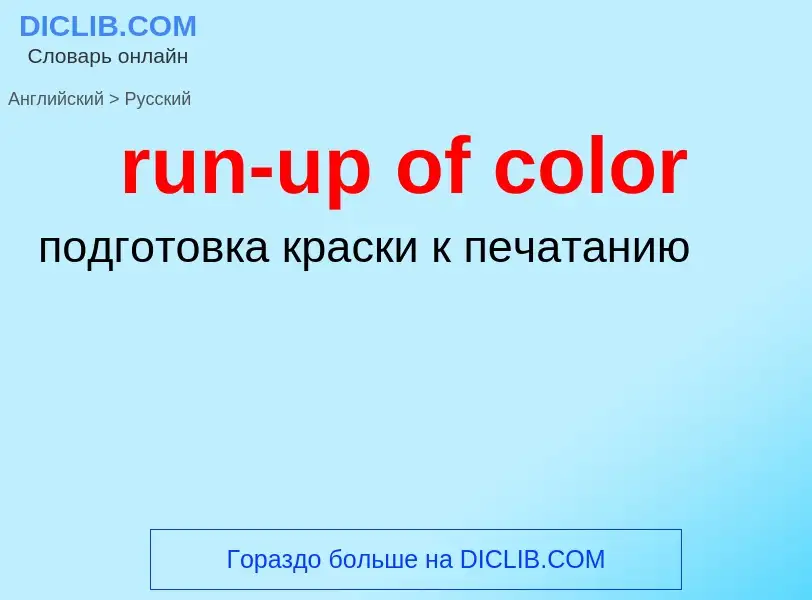Перевод и анализ слов искусственным интеллектом ChatGPT
На этой странице Вы можете получить подробный анализ слова или словосочетания, произведенный с помощью лучшей на сегодняшний день технологии искусственного интеллекта:
- как употребляется слово
- частота употребления
- используется оно чаще в устной или письменной речи
- варианты перевода слова
- примеры употребления (несколько фраз с переводом)
- этимология
run-up of color - перевод на русский
color="gray">['rʌn'ʌp]
color="gray">общая лексика
быстро расти
увеличиваться
подниматьcolor="gray">(ся)
вздувать color="gray">(цены)
делать color="gray">(долги и т. п.)
доходить
складывать color="gray">(столбец цифр)
спешно возводить color="gray">(постройку и т. п.)
делать color="gray">(что-л.) на скорую руку
подъезжать, подходить, подплывать
наталкиваться
color="gray">статистика
восходящая серия
color="gray">фразовый глагол
color="gray">общая лексика
поднимать
подниматься
быстро расти
увеличиваться
увеличивать
взвинчивать (color="gray">цены и т. п.)
делать (color="gray">долги и т. п.)
(to) доходить (до)
спешно возводить (color="gray">постройку и т. п.)
делать (color="gray">что-л.) на скорую руку
складывать (color="gray">столбец цифр)
подъезжать
подходить
подплывать
смётывать
садиться (color="gray">о ткани)
(against) наталкиваться
Определение
.
Википедия

In computer graphics, a palette is the set of available colors from which an image can be made. In some systems, the palette is fixed by the hardware design, and in others it is dynamic, typically implemented via a color lookup table (CLUT), a correspondence table in which selected colors from a certain color space's color reproduction range are assigned an index, by which they can be referenced. By referencing the colors via an index, which takes less information than needed to describe the actual colors in the color space, this technique aims to reduce data usage, including processing, transfer bandwidth, RAM usage, and storage. Images in which colors are indicated by references to a CLUT are called indexed color images.


.png?width=200)
.png?width=200)
.png?width=200)
.png?width=200)
.png?width=200)
